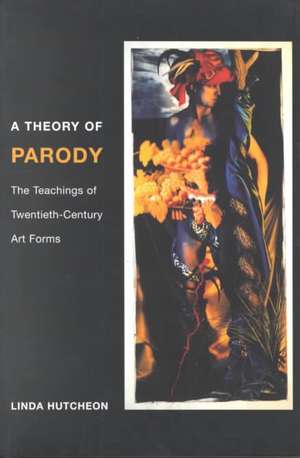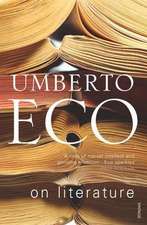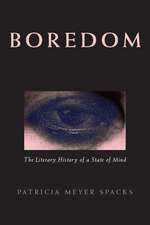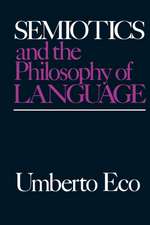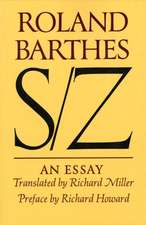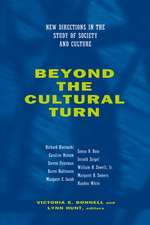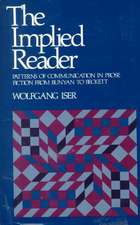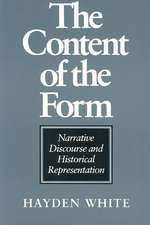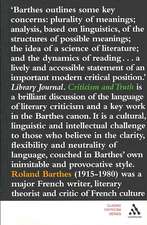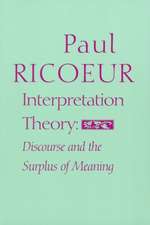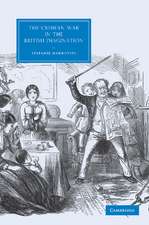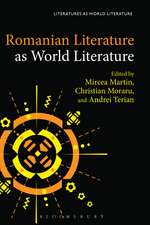A Theory of Parody
Autor Linda Hutcheonen Limba Engleză Paperback – 27 sep 2000
In this major study of a flexible and multifaceted mode of expression, Linda Hutcheon looks at works of modern literature, visual art, music, film, theater, and architecture to arrive at a comprehensive assessment of what parody is and what it does.
Hutcheon identifies parody as one of the major forms of modern self-reflexivity, one that marks the intersection of invention and critique and offers an important mode of coming to terms with the texts and discourses of the past. Looking at works as diverse as Tom Stoppard's Rosenkrantz and Guildenstern Are Dead, Brian de Palma's Dressed to Kill, Woody Allen's Zelig, Karlheinz Stockhausen's Hymnen, James Joyce's Ulysses, and Magritte's This Is Not a Pipe, Hutcheon discusses the remarkable range of intent in modern parody while distinguishing it from pastiche, burlesque, travesty, and satire. She shows how parody, through ironic playing with multiple conventions, combines creative expression with critical commentary. Its productive-creative approach to tradition results in a modern recoding that establishes difference at the heart of similarity.
In a new introduction, Hutcheon discusses why parody continues to fascinate her and why it is commonly viewed as suspect-–for being either too ideologically shifty or too much of a threat to the ownership of intellectual and creative property.
Hutcheon identifies parody as one of the major forms of modern self-reflexivity, one that marks the intersection of invention and critique and offers an important mode of coming to terms with the texts and discourses of the past. Looking at works as diverse as Tom Stoppard's Rosenkrantz and Guildenstern Are Dead, Brian de Palma's Dressed to Kill, Woody Allen's Zelig, Karlheinz Stockhausen's Hymnen, James Joyce's Ulysses, and Magritte's This Is Not a Pipe, Hutcheon discusses the remarkable range of intent in modern parody while distinguishing it from pastiche, burlesque, travesty, and satire. She shows how parody, through ironic playing with multiple conventions, combines creative expression with critical commentary. Its productive-creative approach to tradition results in a modern recoding that establishes difference at the heart of similarity.
In a new introduction, Hutcheon discusses why parody continues to fascinate her and why it is commonly viewed as suspect-–for being either too ideologically shifty or too much of a threat to the ownership of intellectual and creative property.
Librarul mai recomandă
Preț: 136.75 lei
Nou
Puncte Express: 205
Preț estimativ în valută:
26.17€ • 28.42$ • 21.98£
26.17€ • 28.42$ • 21.98£
Carte disponibilă
Livrare economică 01-15 aprilie
Livrare express 15-21 martie pentru 19.34 lei
Preluare comenzi: 021 569.72.76
Specificații
ISBN-13: 9780252069383
ISBN-10: 0252069382
Pagini: 168
Ilustrații: 10 black & white photographs
Dimensiuni: 152 x 229 x 15 mm
Greutate: 0.23 kg
Editura: University of Illinois Press
Colecția University of Illinois Press
ISBN-10: 0252069382
Pagini: 168
Ilustrații: 10 black & white photographs
Dimensiuni: 152 x 229 x 15 mm
Greutate: 0.23 kg
Editura: University of Illinois Press
Colecția University of Illinois Press
Notă biografică
Linda Hutcheon, a professor of English at the University of Toronto, is the author of Irony's Edge: The Theory and Politics of Irony, Narcissistic Narrative: The Metafictional Paradox, and other books.
Descriere
Looks at works of modern literature, visual art, music, film, theater, and architecture to arrive at an assessment of what parody is and what it does. This title identifies parody as one of the major forms of modern self-reflexivity, one that marks the intersection of invention. It discusses the remarkable range of intent in modern parody.
